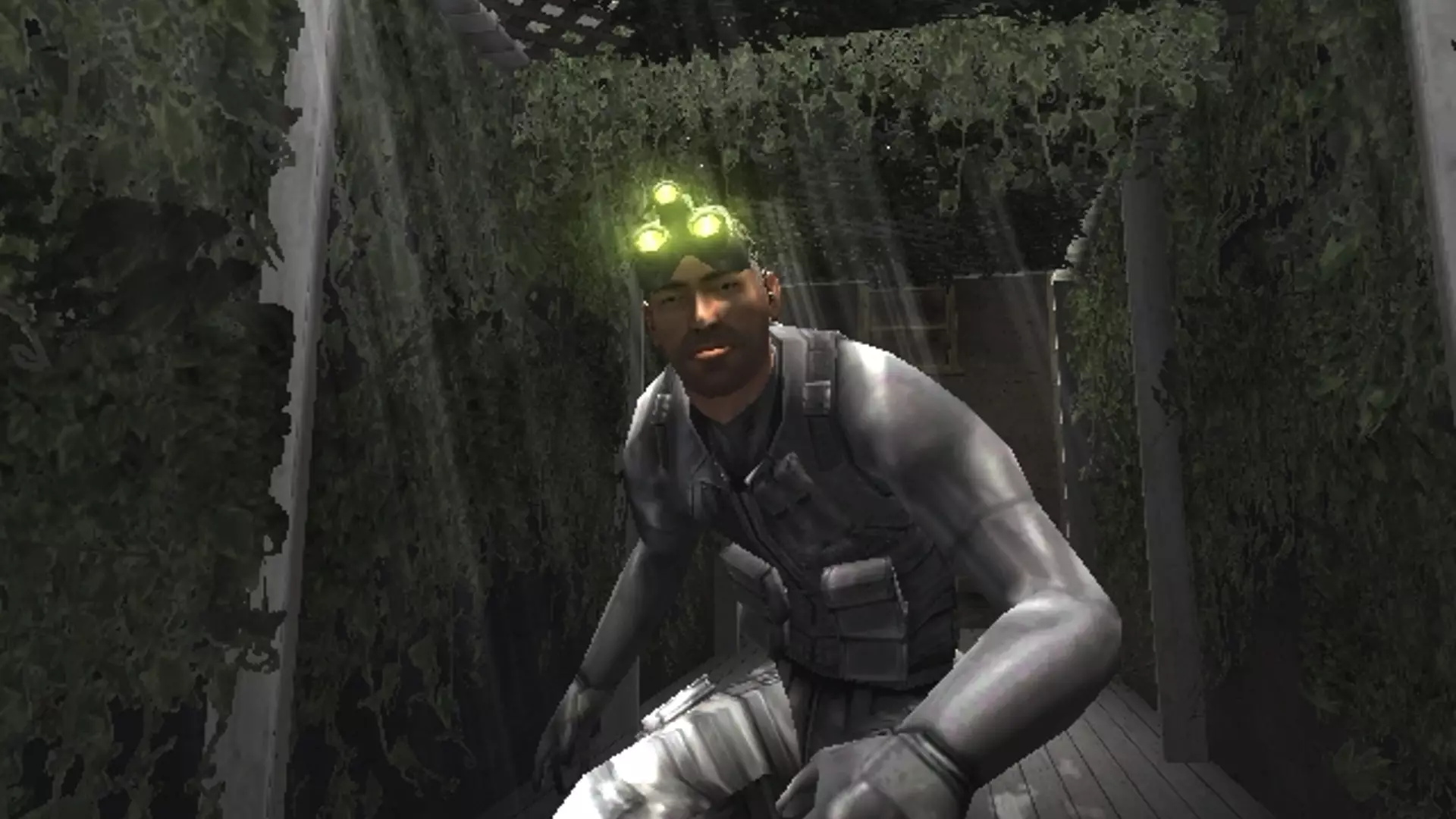When examining the landscape of video games in the early 2000s, few titles stand out as prominently as Splinter Cell: Chaos Theory. Released in 2005, this installment of the iconic series manifested itself as a paragon of advanced graphical technology, setting a benchmark that would not only define stealth gameplay but also push the boundaries of what was possible on its platform. Clint Hocking, the creative force behind Chaos Theory, aptly illustrated the challenges and triumphs faced during its development, stating that the team had unearthed every ounce of potential from the existing hardware. This achievement was not merely a result of coding prowess but a beautiful symbiosis of artistry and technical know-how that captured the essence of stealth in a groundbreaking way.
The Shift in Gaming Paradigms
As the gaming industry evolved, the advent of the original Xbox in 2001 marked a significant turning point. Arriving later than its contemporaries, the Xbox was more than just another console; it heralded a new era where developers could unfurl their creativity with enhanced rendering capabilities. Hocking’s reflections on how Chaos Theory capitalized on this emerging technology underscore a pivotal moment in gaming history. He emphasized that it was the trial and error of developing for this new hardware that eventually led to the extraordinary visual fidelity found in Chaos Theory. The game not only showcased improvements in graphics but also illustrated a deeper, more nuanced understanding of gameplay mechanics that propelled the series into the spotlight.
Unleashing Potential: Xbox as the Ultimate Experience
Chaos Theory was not merely a technical showcase; it was a masterpiece that found its truest form on the Xbox platform. The combination of superb graphics, intricate level designs, and refined gameplay mechanics resulted in an experience that resonated deeply with audiences. Critics hailed it as the pinnacle of the series, and to this day, it maintains the highest accolades on Xbox, demonstrating the console’s capability when developers fully utilized its strengths. The game’s HD textures, innovative lighting effects, and seamless animations were revolutionary at the time, creating an immersive world where players felt every tension-laden moment of stealth.
Game Design That Set New Standards
Beyond the striking visuals, what truly distinguishes Chaos Theory is its profound design philosophy. It reinvents the stealth genre by introducing layers of strategic thinking and player agency. Hocking and his team crafted an environment where players could approach objectives from multiple angles, making every decision weighty and impactful. This freedom, paired with an AI that reacted intelligently to player actions, designed a gameplay loop that was both compelling and rewarding. As players navigated through darkened corridors and executed their plans with precision, the sense of immersion transcended traditional gaming experiences.
The brilliance of Splinter Cell: Chaos Theory lies not just in its technological achievements, but in how those advancements served the game’s design. Hocking’s refusal to compromise on artistic vision made it a true representative of a generation on the cusp of monumental change in gaming.


Leave a Reply